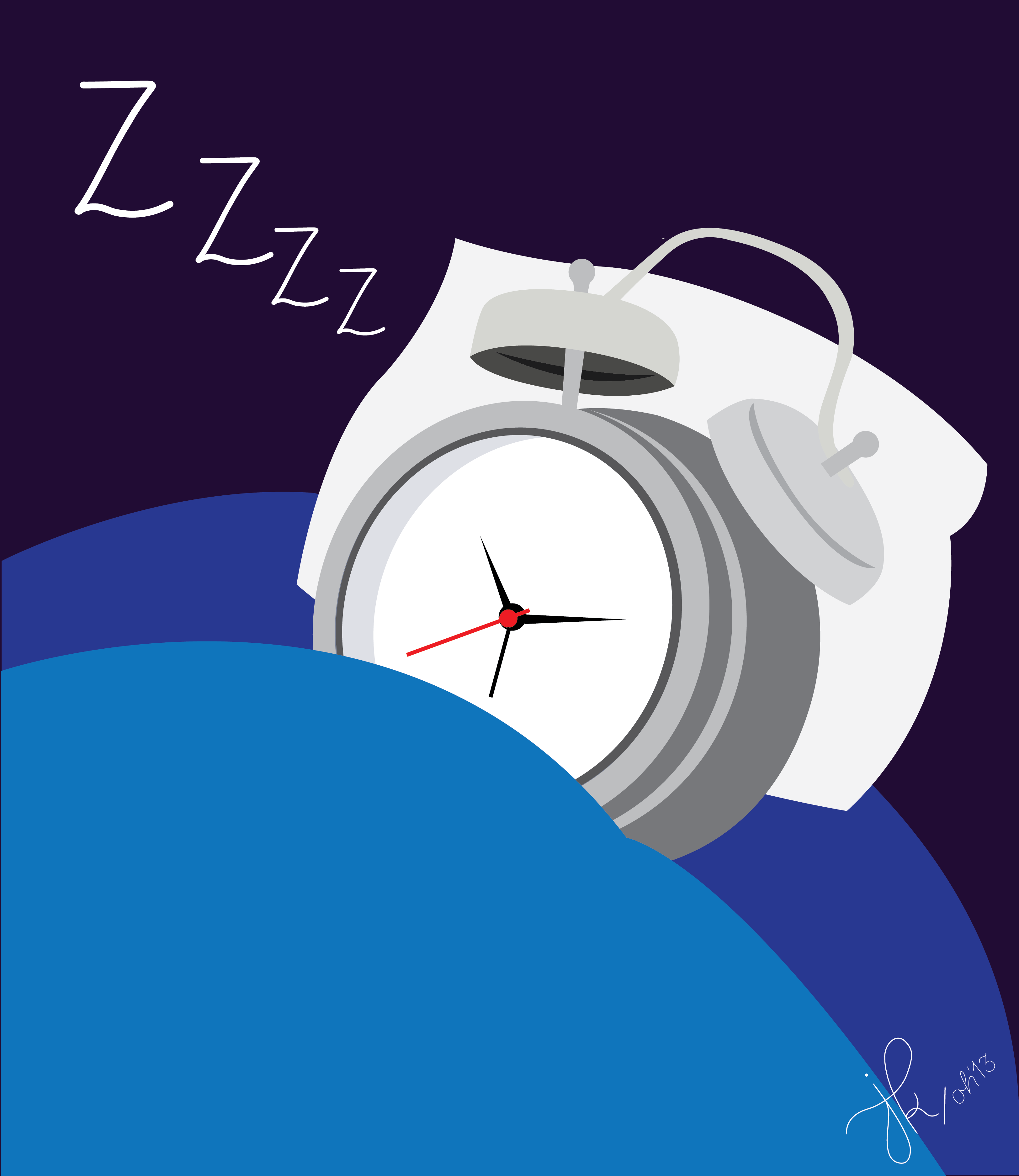Toss and turn, change positions, kick the blankets off the bed and try to force sleep. Sound familiar? There is nothing worse than a sleepless night; a night when the alarm clock beside the bed is repeatedly checked and the realization made that it will be time to get up in five hours… four and a half…three…

A night like that is not unusual for students. Coming back from a summer of late nights and sleeping in, while adjusting to a new semester and the stress that comes with it, can be tough on the mind and body. But for those who suffer from restless nights or stress-related insomnia, there is hope. A recent joint study from Concordia and McGill University offers new insight into understanding the fundamental parts of the internal clock – the clock that schedules the body’s daily activities and syncs them with the external world.
The study, Putting Sleep Disorders to Bed, co-authored by Shimon Amir, a PhD professor in the department of psychology at Concordia and Nahum Sonenberg, a McGill professor with a PhD in biochemistry, looks at how protein synthesis is controlled in the brain and how removing certain proteins can make the internal clock function at an improved rate.
According to Amir, having a strong understanding of the internal clock is important for students. Learning how a person’s internal clock functions can help people achieve normal rhythms, which in turn leads to that much needed and desired sleep.
The internal clock is like the body’s watch – the ticking hands are the signals for the body to activate or suppress certain activities. It keeps humans from sleeping all day or making dinner in the middle of the night. It oscillates on a 24-hour, light-and-dark cycle. Like any watch, the internal clock needs to be tuned and set and there are things students can do to properly sync their internal clock and get that good rhythm.
“We see a lot of students who complain about not getting enough sleep or who experience sleep disturbances,” said Gaby Szabo, a health promotion specialist for Concordia Health Services.
Both Amir and Szabo agree that the most important step in setting up a healthy sleep routine is establishing a steady schedule and sticking to it as much as possible. Synching the internal clock means going to bed and waking up at more or less the same time every day, even on weekends. This doesn’t mean simply getting into bed at the same time, but actually being asleep.
“A tip for falling asleep is to turn off the lights,” said Amir. “Modern society is flooded with light from artificial sources…[and] the light has a strong effect on internal clocks,” he explained. Exposure to light from any source can reset the clock or confuse its natural cycle.
Concordia student Tiffany Pearce thinks that this advice is reasonable, to a point,
“Yes there will be nights when all-nighters are necessary,” Pearce said, “but for the most part I tend to stick to a pretty strict schedule during the week. I definitely don’t maintain the same sleep schedule for the weekend though, and for any university student I think that’s a tad unrealistic.”
Concordia Health Services has a “sleep hygiene” pamphlet available to students with further tips on how to get the best quality sleep. For any of them to work, Szabo said sleep should be made a priority, not pushed aside.
So this September, set that internal clock. Turn off the lights and don’t bring a laptop, smartphone or tablet to bed. Instead, commit to sleep. Put on an eye mask, say goodnight and settle into the eight hours a night the body craves and needs.
Sources:
Shimon Amir, Professor, Department of Psychology, Concordia University
Gaby Szabo, Health Promotional Specialist, Concordia Health Services
Concordia University News Release: Putting sleep disorders to bed




